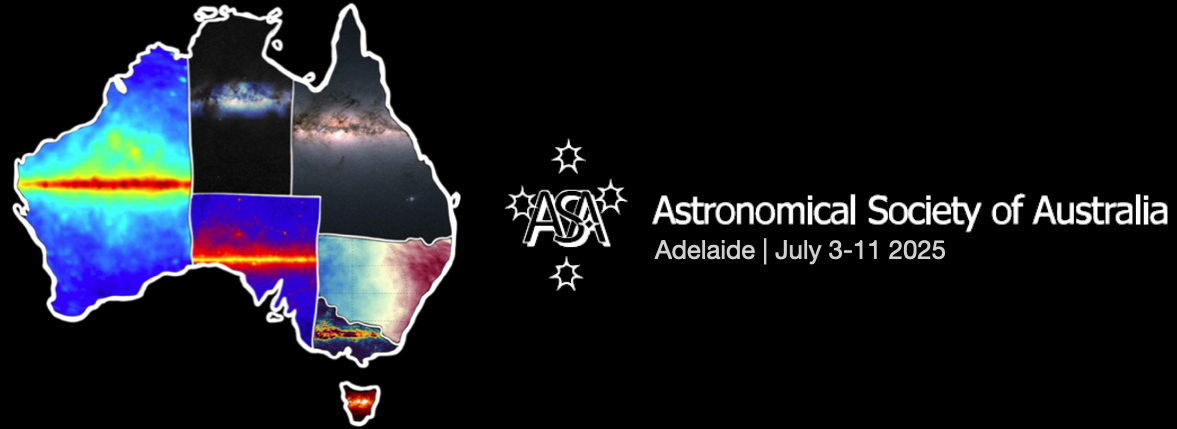Speaker
Description
With the current upgrade of IceCube undergoing and IceCube Gen 2 on the way, along with KM3NeT in the Mediterranean Sea observing the most energetic neutrino event ever before even being finished, multi-messenger astronomy is becoming more and more prevalent than ever. However, one question remains unanswered: How many neutrino sources are there in the Universe? IceCube has provided evidence for the emission of neutrinos from the active galaxy NGC 1068, the blazar TXS 0506+056 and the galactic plane, but the sky remains vastly diffuse in astrophysical neutrinos. To assess how well a number of sources may have been responsible to produce the neutrino sky, one needs to calculate the integrated likelihood with respect to all the positions of the sources, a highly dimensional integral that even a computer could not hope to do. Our findings suggest, however, that many of the Universe's sources may be too dim to see, and applying Markov chain Monte Carlo techniques to perform the related integral allows us to test how well a number of sources are at describing the neutrino sky. Hopefully, this will allow us to distinguish between a completely diffuse universe, or a universe with a few but bright point sources, for which we can then perform multi-messenger astronomy through other instruments such as gamma-ray astronomy and gravitational wave astronomy.

